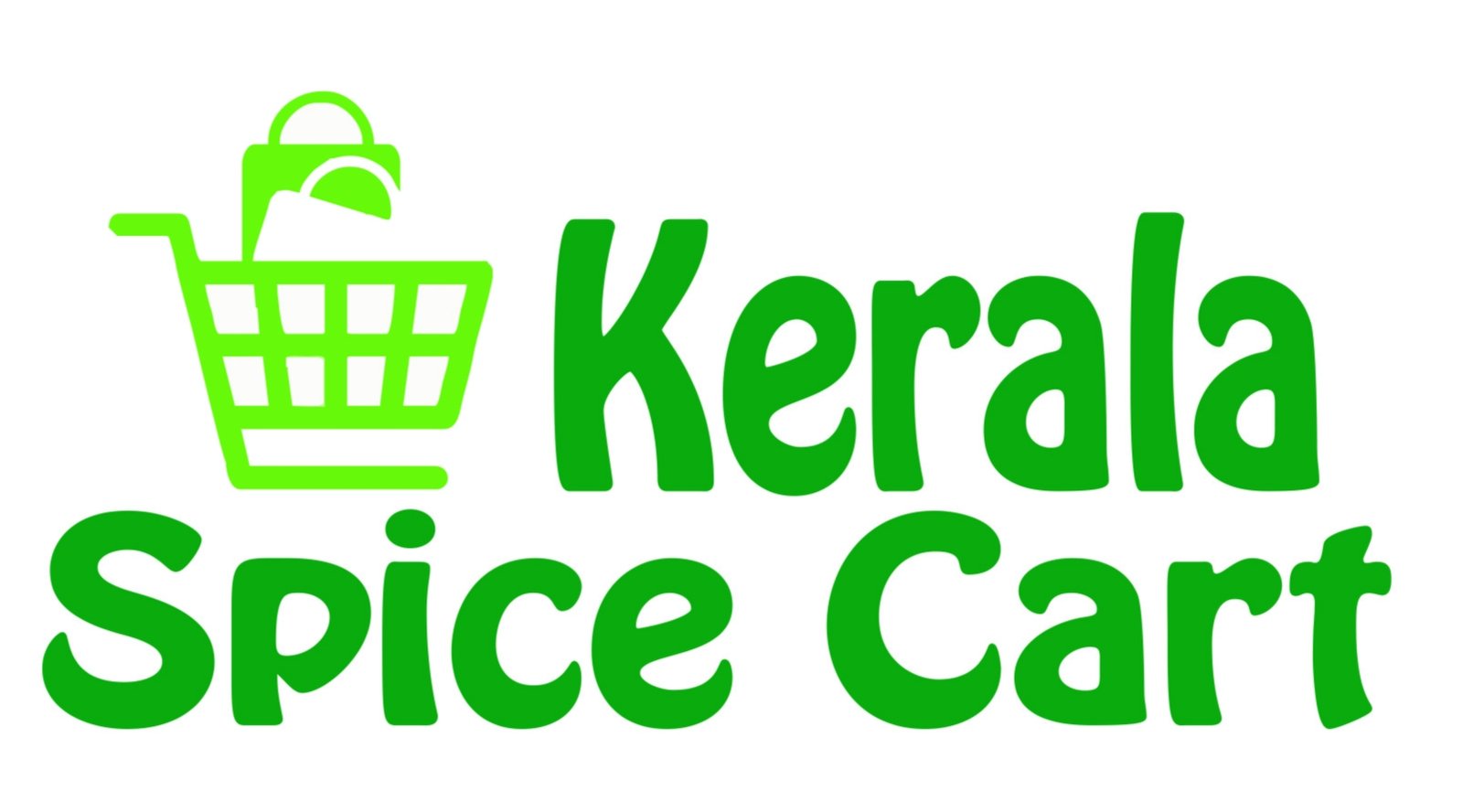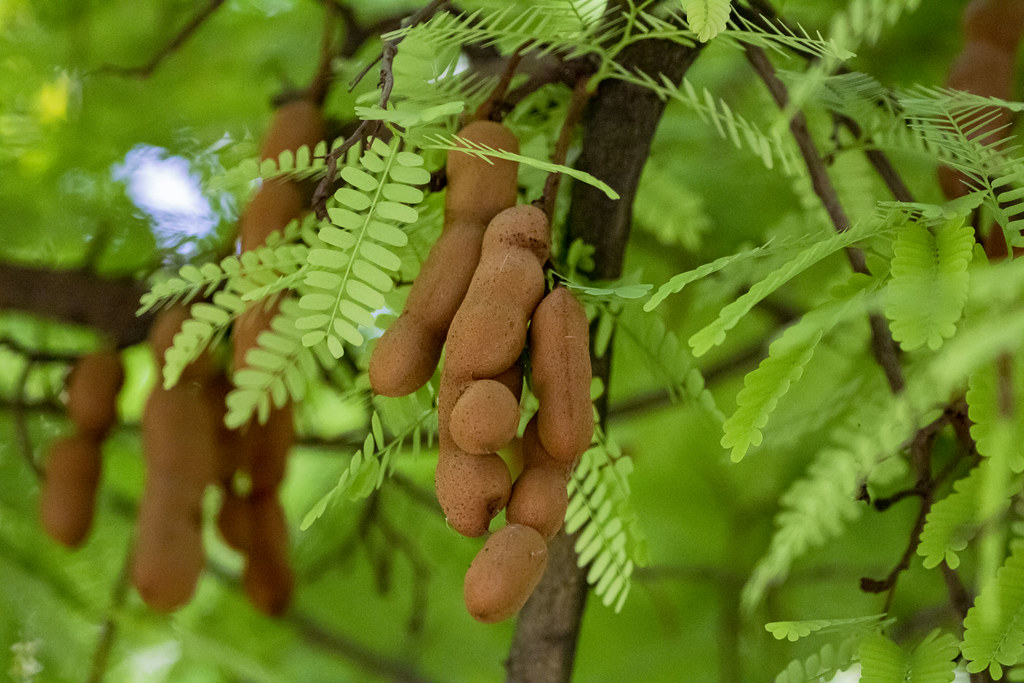Our Farm- spices from kerala

We aims at Spices produced locally, organic and naturally farmed spices. we source from farmers directly and deliver our customers the highest quality, freshest organic or naturally produced spices in a socially responsible manner. Gods own country –Kerala is also known as the land of spices. Kerala is home to a variety of spices: pepper, vanilla, cardamom, clove, cinnamon, nutmeg, ginger and turmeric. The flavour of spices lingers long in one’s tongue and even longer in one’s memory. The warm, humid climate of central Kerala, the hazy hill stations with their loamy soil rich in organic matter and reasonable amount of rainfall contribute to the production of spices in Kerala.
You can buy best quality spice from our online shopping store. We collect quality products directly from the farm.
Black Pepper is the dried berry of Piper nigrum, a climbing, perennial shrub mostly found in hot, moist region of Southern India. Under cultivation pepper vines are trailed over supporting plants, and the climbing woody stems have swollen nods with clinging roots at each node, which helps in anchoring the vine to the support trees. Also it requires hot and humid climate with above moderate rainfall. Roughly mashed black peppercorn is produced from the still-green unripe drupes of the pepper plant, cooked briefly in hot water, both to clean them and to prepare them for drying. Black peppercorn is considered spicier than white peppercorn. Black pepper either powdered or its decoction is widely used in traditional Indian medicine and as a home remedy for relief from sore throat, throat congestion, cough etc.
Cardamom is the dried ripe fruit capsules, often referred as the Queen of Spices, because of its very pleasant aroma and taste. Cardamom is a perennial, herbaceous, rhizomatous ginger like plant. It is one of the most exotic, highly prized and is one of the world’s very ancient spices. Warm humid climate, loamy soil rich in organic matter, distributed rainfall and special cultivation and processing methods all combine to make Indian cardamom truly unique in aroma, flavour, size and colour tempting parrot-green. Cardamom oil is a precious ingredient in food preparations, perfumery, health foods, medicines and beverages. This Queen of Spices is from the High Ranges of Kerala.
Cardamom also helps with common cold, indigestion, stomach cramps, flatulence, cleansing, asthma, halitosis and sore throat. Some practitioners of Ayurveda also advise its use for treating infection of the urinary tract. It also enhances appetite and provides relief from acidity in the stomach
clove is the air-dried unopened flower bud obtained from evergreen medium sized tree. The use of clove in whole or ground form is mainly for culinary purposes and as a flavoring agent in food industry. Its flavor blends well with both sweet and savory dishes. It is highly valued in medicine as carminative, aromatic and stimulant. The antiseptic and antibiotic properties of clove oil are used in medicine especially in dentistry, oral and pharyngeal treatments. It has wider applications in preparations of toothpaste and mouthwashes, soaps and perfumes. It is also reported to help diabetics in sugar assimilations.
Cloves have the distinction of having the highest antioxidant activity of any food! Cloves reduce tooth pain and have analgesic properties that can be used for treatment of various dental problems like tooth aches. They also boost memory and blood circulation,. They are also a natural anesthetic (due to the eugenol oil) which is why they were often used for dental procedures in centuries past and are still used in some cultures to remedy toothache.
Nutmeg is the seed of the tree, roughly egg-shaped, derived from several species of tree in the genus Myristica. The most important commercial species is Myristica fragrans. Nutmeg is usually used in powdered form. This is the only tropical fruit that is the source of two different spices, obtained from different parts of the plant. Several other commercial products are also produced from the trees, including essential oils, extracted oleoresins, and nutmeg butter.
Nutmeg and mace have similar sensory qualities and is used for flavouring many dishes, usually in ground or grated form, and is best grated fresh in a nutmeg grater.In Indian cuisine, nutmeg is used in many sweet, as well as savoury, dishes . It is also added in small quantities as a medicine for infants. It may also be used in small quantities in garam masala
Vanilla, a member of the orchid family is a climbing monocot possessing a stout, succulent stem; short petioled, oblong leaves; about 20 cm long. The inflorescence is a raceme with 20 or more flowers. Fruit popularly known as ‘beans’ or ‘pod’ is a capsule, nearly cylindrical and about 20 cm long. In India Vanilla is predominantly grown by small and marginal growers in their fields interplanting with other crops. It is grown largely in organic conditions. Vanilla is used mainly as a flavoring material; a critical intermediary in a host of pharmaceutical products and as a subtle component of perfumes. As a flavouring agent, it is used in the preparation of ice creams, milk, beverages, candies, confectionaries and various bakery items
Sweet and tangy, tamarind is one of the widely used spice-condiments found in every South-Asian kitchen! Tamarind is a very large tree with long, heavy drooping branches, and dense foliage. Completely grown-up tree might reach up to 80 feet in height. During each season, the tree bears curved fruit pods in abundance covering all over its branches. Each pod has hard outer shell encasing deep brown soft pulp enveloping around 2-10 hard dark-brown seeds. Its pulp and seeds held together by extensive fiber network. While lemon compose citric acid, tamarind is rich in tartaric acid. Tartaric acid gives sour taste to food besides its inherent activity as a powerful antioxidant. It, thus, helps human body protect from harmful free radicals.







